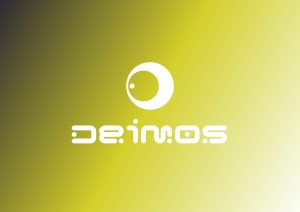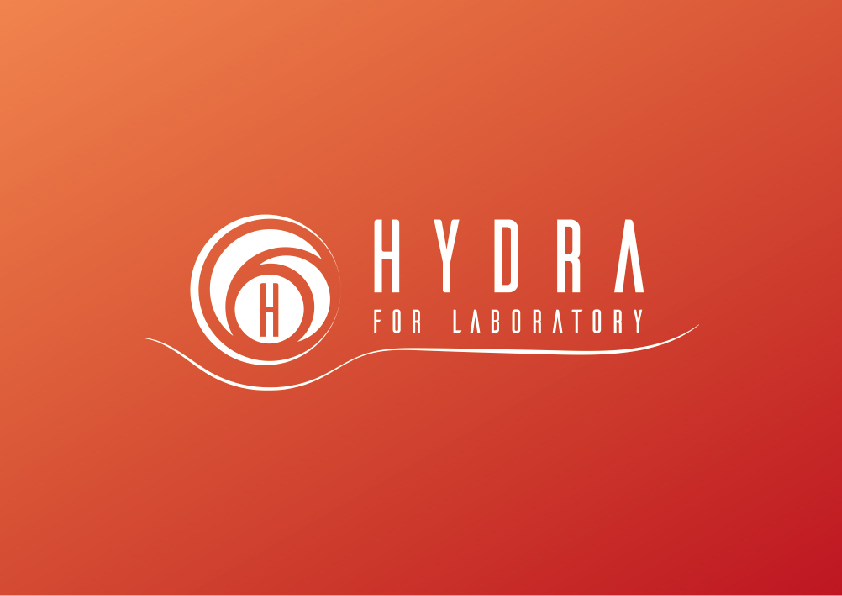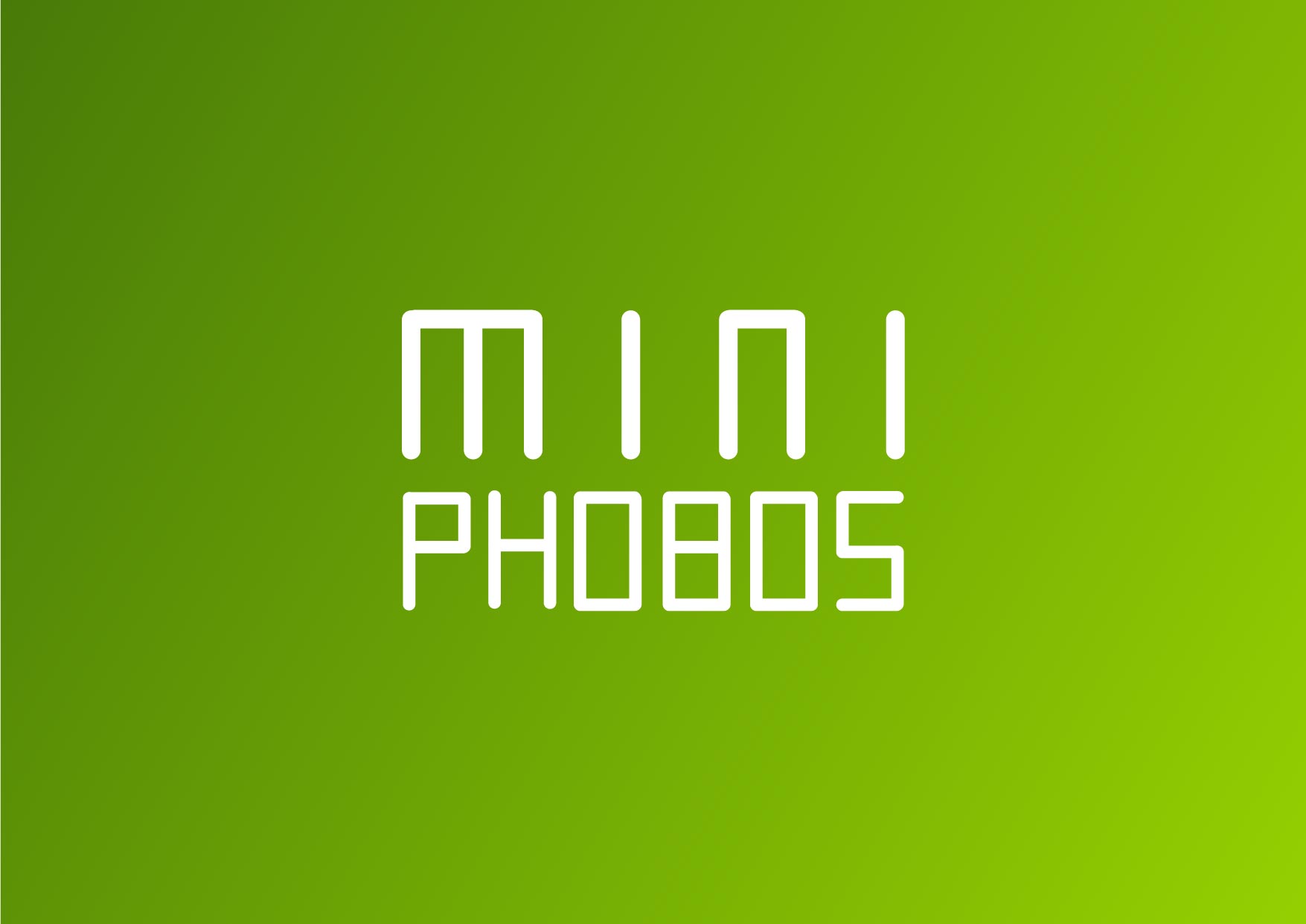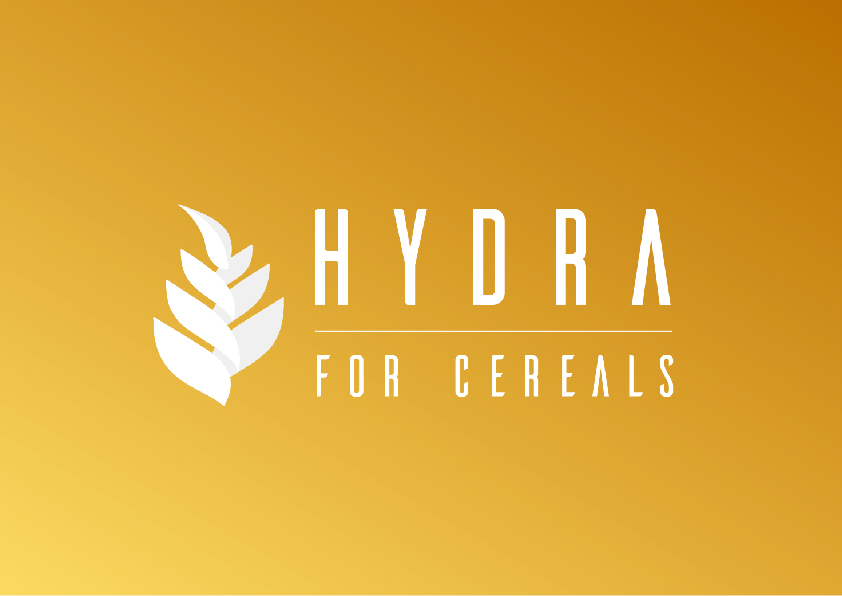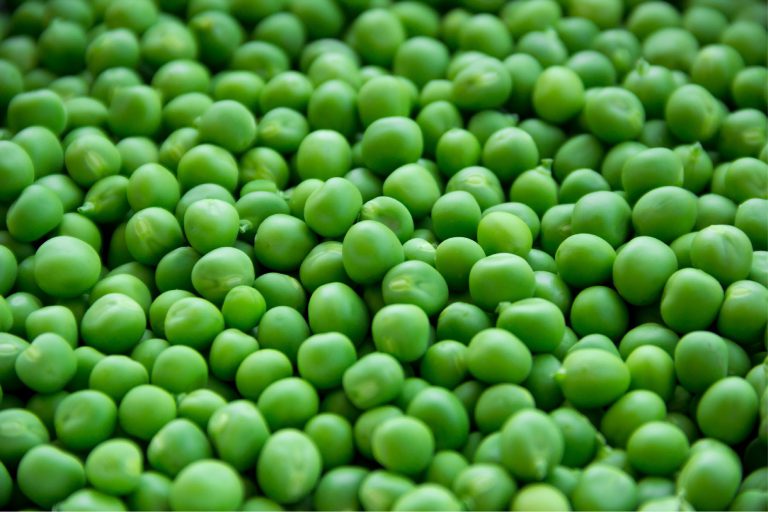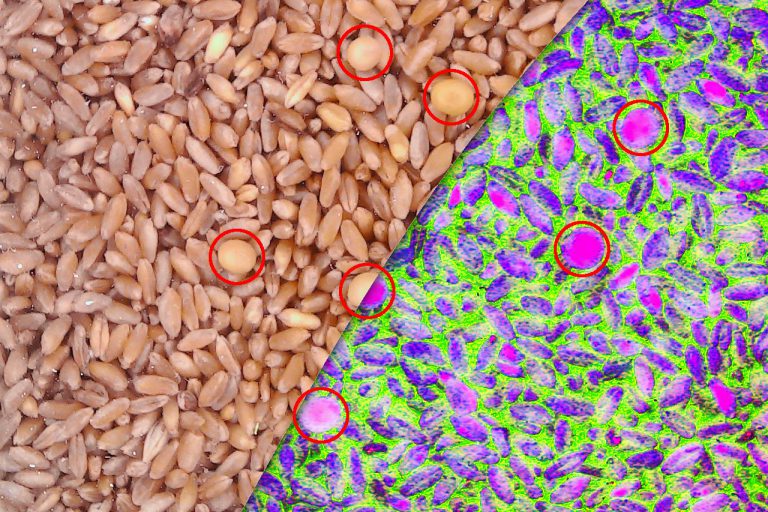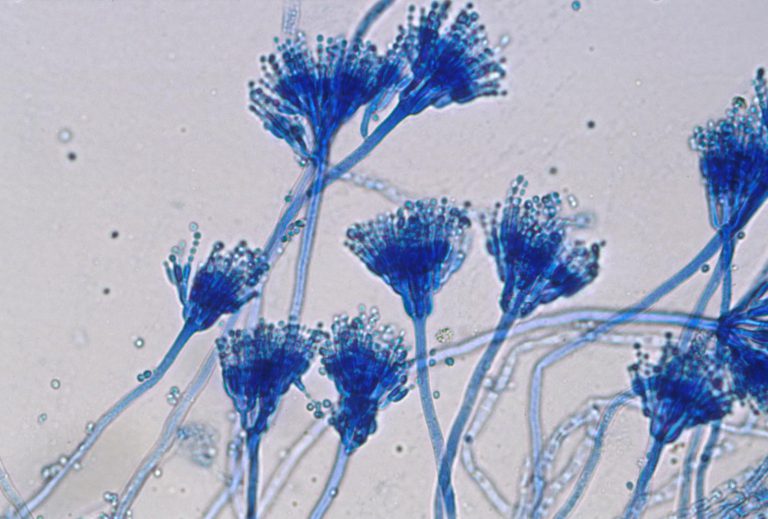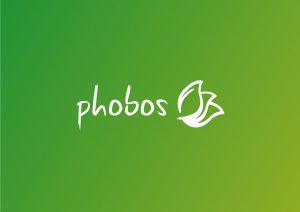
Home » News » Food Safety » Identifying molds in purifiers and plansichter
Identifying molds in purifiers and plansichter
With Hydra we can monitor in real time the presence of molds in the mill
The scheduled cleaning of the purifiers and plansichters does not prevent the formation of molds. The presence of mold is dangerous: it can end up in semolina and flour! We show you how to find it in real time thanks to Hydra for cereals and seeds!
What is mold?
Molds are multicellular fungi whose presence on plant or animal matter is a sign of rotting. Molds usually develop in the presence of high humidity and at a temperature between 15 and 30 °C. Some molds are able to proliferate even at lower temperatures.
The main element of the growth of mold is the ifa, a branched tubular structure with a diameter that varies from 2 to 10 μm. As a colony develops, its hyphae form a mass of intertwined filaments called the mycelium. The mycelium immersed in food is responsible for the absorption of nutrients, the aerial mycelium (visible) instead has reproductive cells or spores, and for this reason it is also called reproductive mycelium. Usually molds reproduce by means of spores.
In some foods, mold is subject to precise cultivation: an example is the production of some cheeses (e.g. Gorgonzola, Roquefort, Stilton), or salami, in which some molds present on the skin of the sausage play a fundamental role in regulating in the degree of humidity and in deacidification, greatly influencing the formation of the taste of the product.
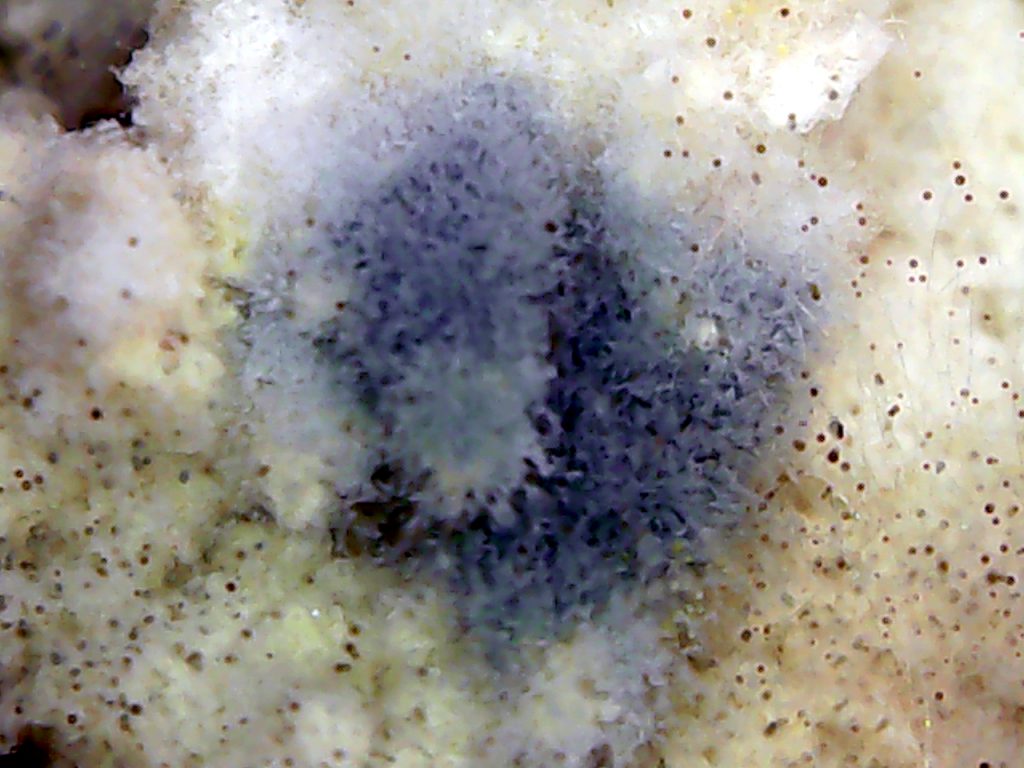
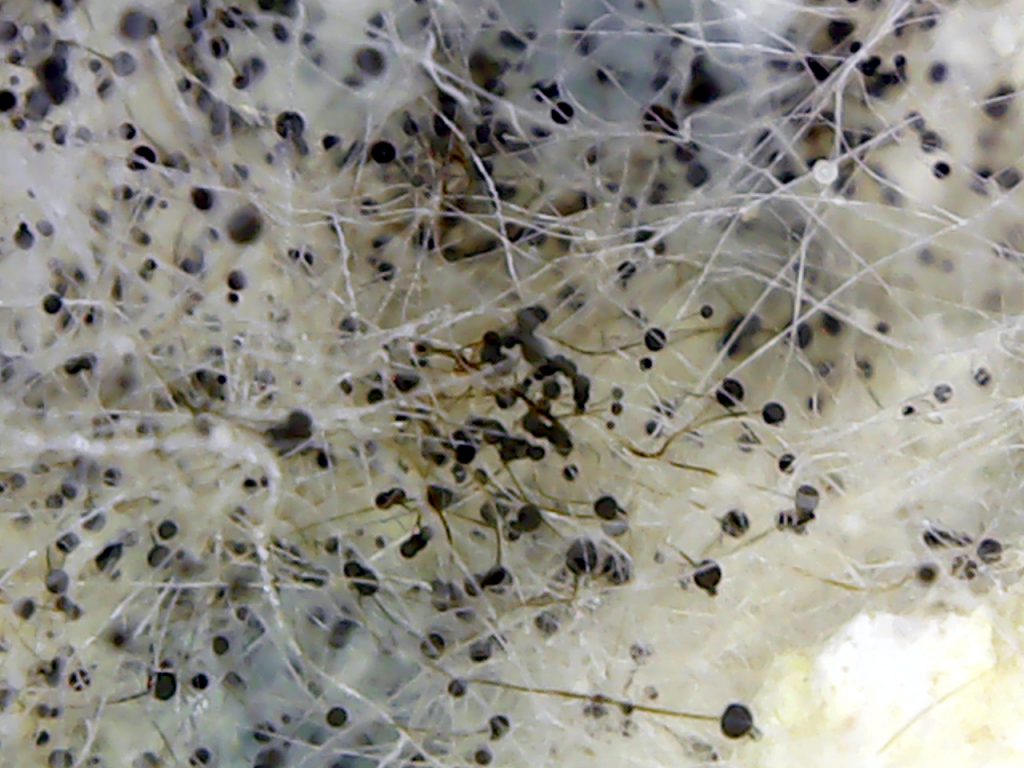
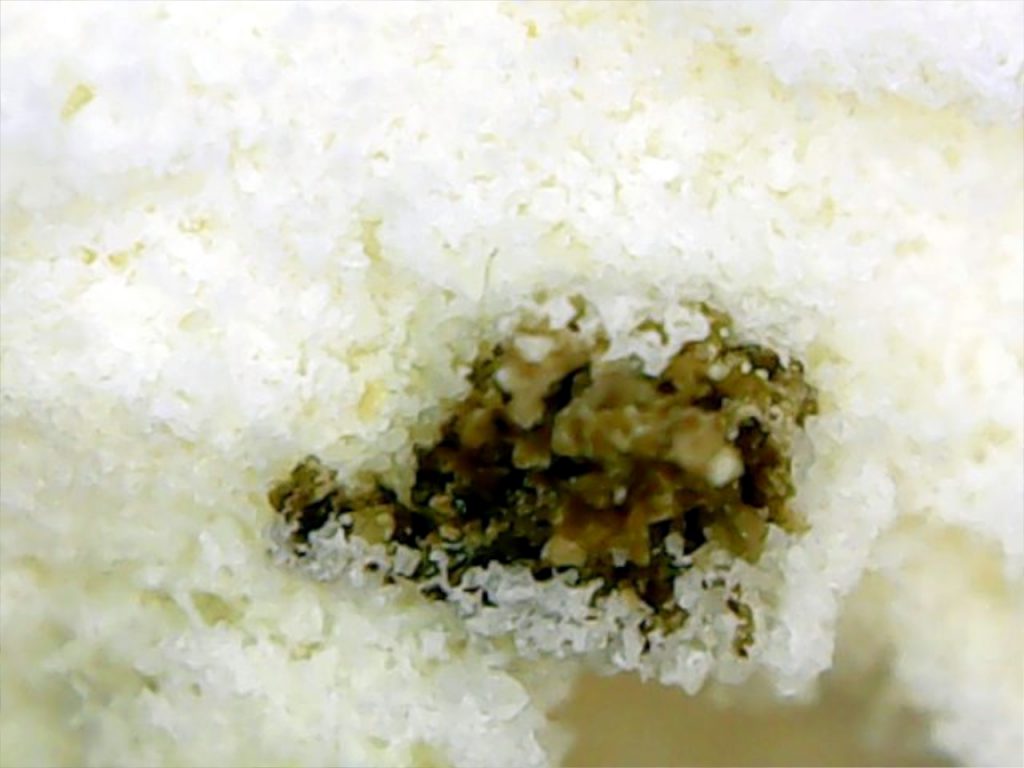
Not all molds cause pleasant changes in food, indeed some are harmful to humans:
- on citrus fruits (oranges, lemons, mandarins) you can find molds of the genus Penicillium which form a blue-greenish patina;
- in cereals, semolina and flour you can find Aspergillus;
- Thamnidium molds can be found in chilled meat;
- in yogurt we can find the mold Mucor circinelloides.
These molds can cause food poisoning with symptoms such as vomiting and diarrhea and other gastrointestinal diseases.
Mycotoxins
Mycotoxins are highly toxic chemicals for humans and are produced by some types of mold. Their ecological role is still unclear, however we know that mycotoxins can have a harmful effect in the short and/or long term on cellular structures, therefore also on organs. The most important toxic effects include: the induction of some types of cancer and the weakening of the immune system. It is estimated that 40% of deaths in developing countries can be linked to the consumption of food contaminated with mycotoxins.
The main genera responsible for the production of mycotoxins are the following:
- Aspergillus, present in the soil, in organic animal and vegetable materials (including semolinas and flours);
- Penicillium, present in citrus fruits, garlic, apples and pears;
- Fusarium, omnipresent in the soil and which causes damage to seeds, kernels, roots and tubers.
In the mill
Molds of the genus Aspergillus are considered as the nightmare of the mill, because they proliferate very easily due to the favorable environmental conditions. Wet grain, inadequate suction and an infrequent cleaning of the purifiers and plansichters can help the growth of these molds, making them arrive in the finished product.
Some points of the mill are objectively difficult to clean: the bells of the rolling mills, the transport pipes from the rolling mill B1 to the purifiers and plansichters, the same seeders and plansichters. Stopping the seeders means stopping the mill: particularly large plants generally stop only a few times a year, therefore accumulations of coarse dust or flour help the proliferation of mold.
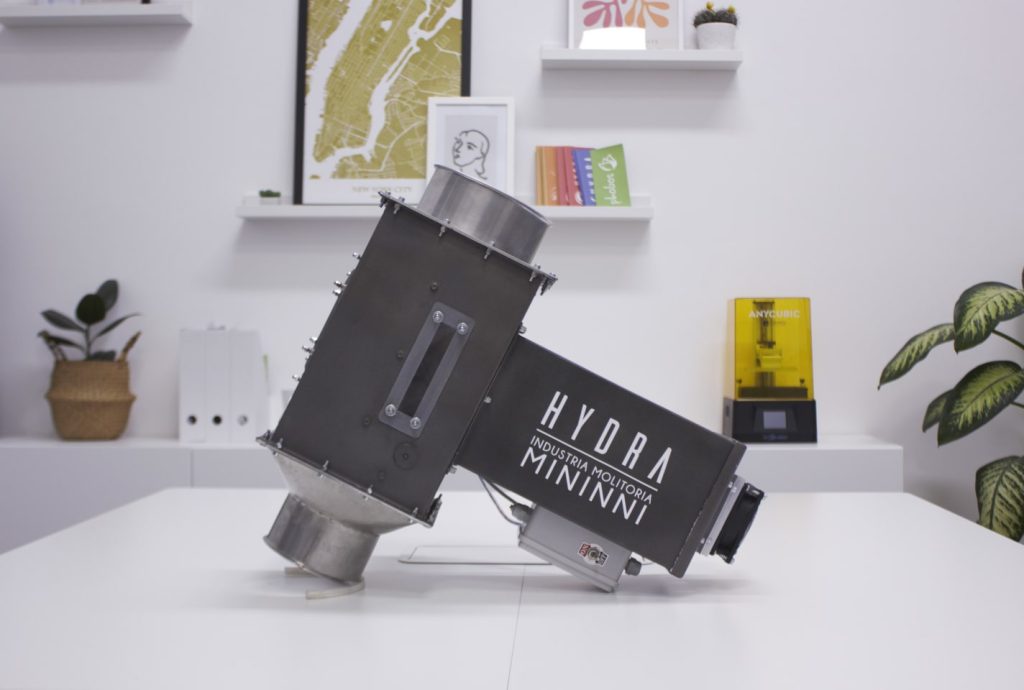
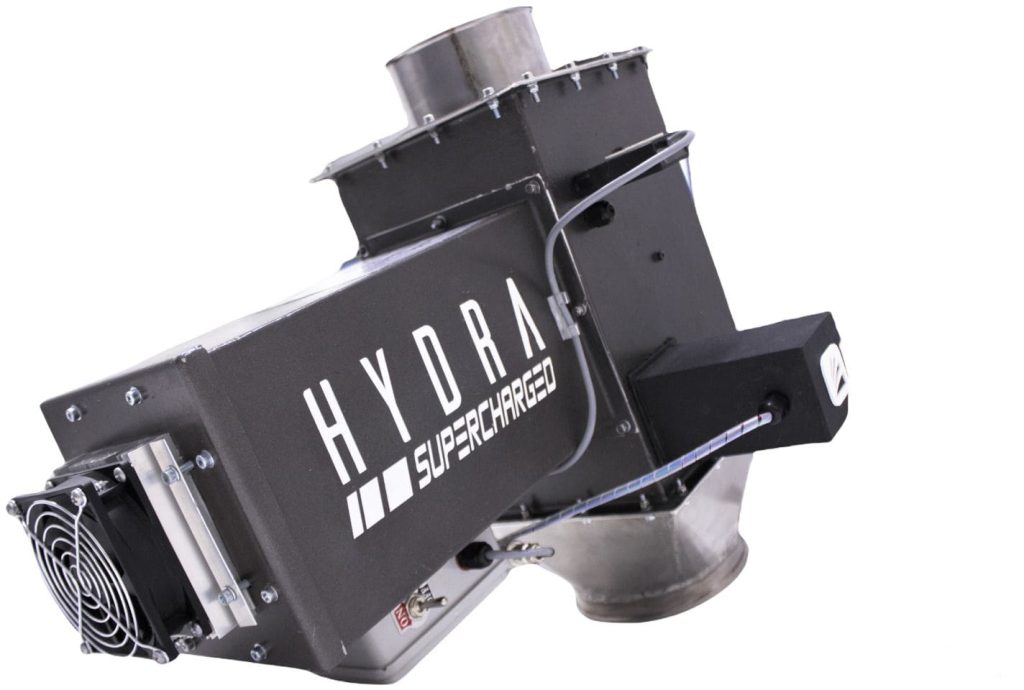
Molds in purifiers and plansichters
We used Hydra for cereals & seeds to identify the presence of mold in some Puromat purifier MQRF and MPAJ plansichter, both produced by Bühler. We made the following experiment:
- we took a sample of output product of an unclean purifier/plansichter (included molds);
- we took a sample of output product of an clean purifier/plansichter (with no molds);
- we compare the spectrum of the two samples through Hydra for cereals & seeds.
To the eye, the two samples taken are perfectly identical to each other: there are no differences in color or texture. Spectrometric analysis shows a certain difference between the two samples.
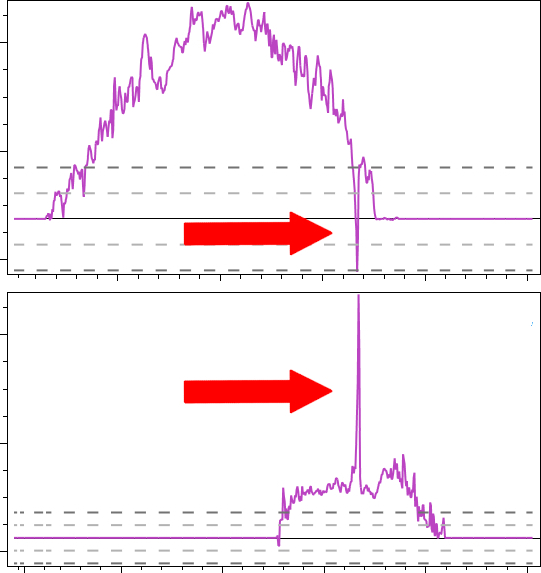
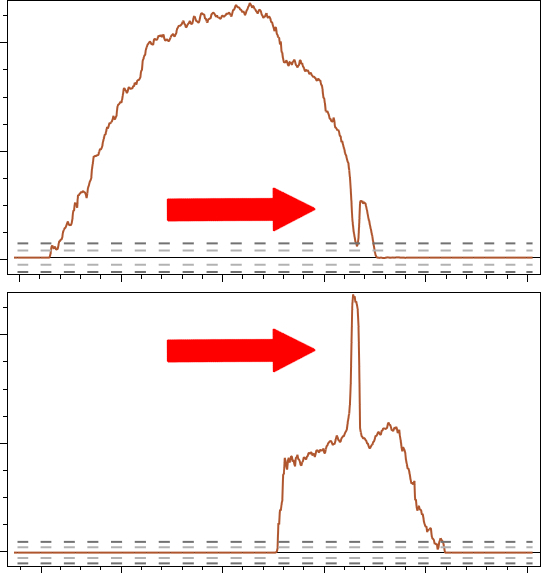
As seen in Figure 4 and Figure 5, Hydra for cereals & seeds highlights a high difference between the two samples containing molds and those without molds. These differences are clearly visible on two curves, they mirror each other and occur at a particular frequency associated with the presence of molds of the genus Aspergillus.
The differences between the samples are destined to increase more and more over time: molds are living beings, which grow and multiply day after day. Analyzing, therefore, the samples with Hydra for cereals & seeds we should notice this growth of the differences day after day. Will it be true? The answer is visible in Figure 6.
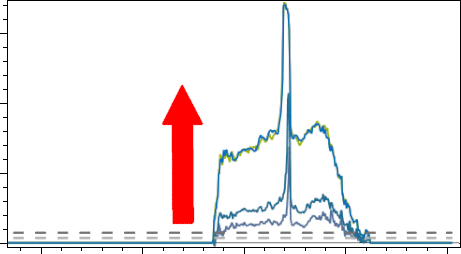

Conclusions
Thanks to Hydra for cereals & seeds it is possible to identify the presence of molds in purifiers and plansichters, in order to be able to organize timely cleaning of the machines, in addition to the scheduled one. This tool is to be understood as a valid help for the miller, a sort of very sharp eye, which allows to obtain safer semolina and flour, as well as tasty 🙂
References
Would you like to know more?
Discover some of our products
Caronte Consulting designs and manufactures hardware and software systems in the field of Industry 4.0, equipped with sophisticated and effective Artificial Intelligence.
Our devices are tailor-made to the customer’s needs and allow you to completely automate industrial processes, optimizing production and creating savings in raw materials and energy consumption.


